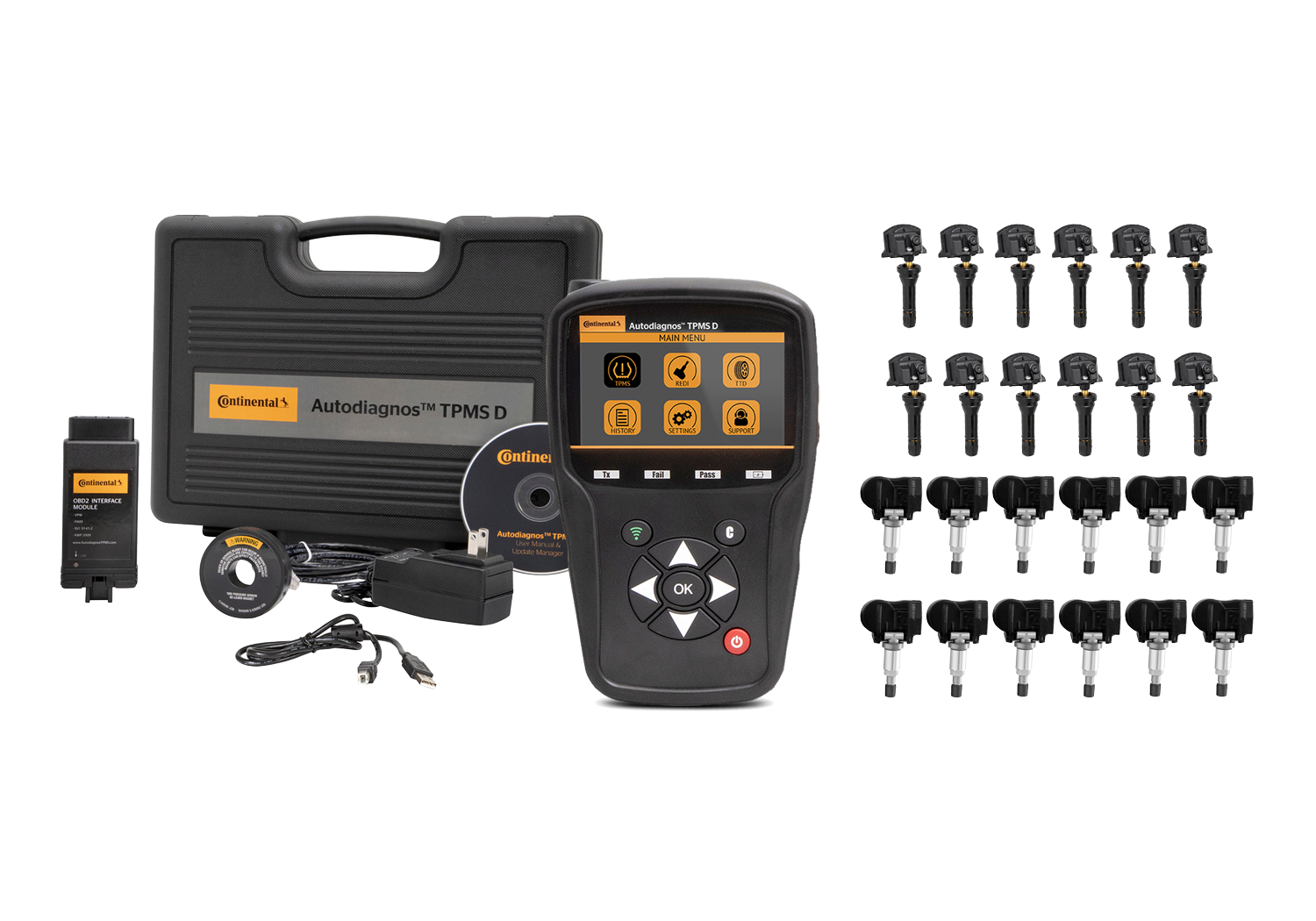A standard developed by the US National Highway Traffic Safety Administration (NHTSA). This TPMS final rule became effective April 8, 2005 (with vehicle phase-in of 20% for Model Year 2006, 70% for Model Year 2007, and 100% for Model Year 2008+). The rule requires new passenger cars, multi-purpose passenger vehicles, trucks and buses with a gross vehicle weight rating (GVWR) of 4,536 kg (10,000 pounds) or less, except those with dual wheels on an axle, to be equipped with a TPMS to alert the driver when one or more of the vehicle’s tires, up to a total of all four tires, is significantly under-inflated. Specifically, the TPMS must warn the driver via low pressure telltale within 20 minutes when the pressure in one or more of the vehicle’s tires is 25 percent or more below the vehicle manufacturer’s recommended cold inflation pressure, or a minimum level of pressure specified in the standard, whichever pressure is higher. The system must also include a malfunction indicator lamp. The standard is technology neutral, allowing either direct or indirect systems, provided they meet the requirements.
FMVSS No. 138
